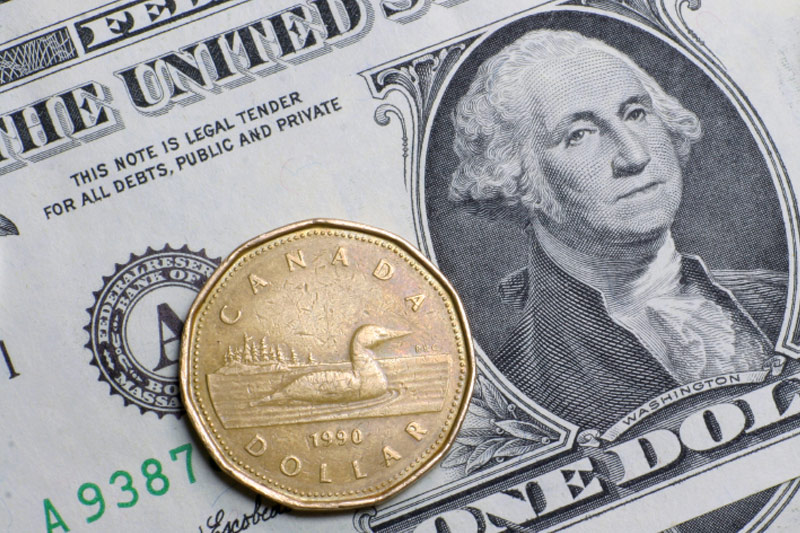Investing.com - The U.S. dollar was higher against its Canadian counterpart on Thursday, after data showed that U.S. jobless claims fell to a 15-year low last week and a tepid economic growth report from Canada.
USD/CAD hit 1.2057 during early U.S. trade, the session high; the pair subsequently consolidated at 1.2070, advancing 0.42%.
The pair was likely to find support at 1.1942, Wednesday's low and a three-month low and resistance at 1.2195, the high of April 27.
The greenback found support after the U.S. Department of Labor reported that the number of individuals filing for initial jobless benefits in the week ending April 25 fell by 34,000 to 262,000 from the previous week’s total of 296,000.
Analysts had expected initial jobless claims to fall by 6,000 to 290,000 last week.
Separately, the Commerce Department said that U.S. personal spending inched up 0.4% last month, below expectations for a gain of 0.5%. Personal spending rose 0.2% in February, whose figure was revised up from a previously reported gain of 0.1%.
The report also showed personal income was flat in March, missing forecasts for a 0.2% increase and after gaining 0.4% in February.
The U.S. dollar had weakened after the Federal Reserve on Wednesday cited weakness in the U.S. economy and said it will take into account labor market conditions, inflationary pressures and expectations of international financial developments to decide on the timing of a rate increase.
In Canada, official data on Thursday showed that the economy stagnated in February, compared to expectations for a 0.1% contraction. For the month of January, the country's gross domestic product was revised to a 0.2% fall from a previously estimated 0.1% slip.
The loonie was lower against the euro, with EUR/CAD rising 0.33% to 1.3430.
The single currency found support after data showed that the euro zone's consumer price inflation was flat this month, compared to expectations for a decline of 0.1% and following a drop of 0.1% in March.
The rate has now been below 1% for 18 straight months, well under the European Central Bank's target of near but just under 2%.
Core CPI, which excludes food, energy, alcohol, and tobacco costs rose 0.6% in April, in line with forecasts and unchanged from March.
A separate report showed that the bloc's unemployment rate held steady at 11.3% last month, the lowest level since June 2012. Analysts had expected the jobless rate to fall to 11.2% in March.
